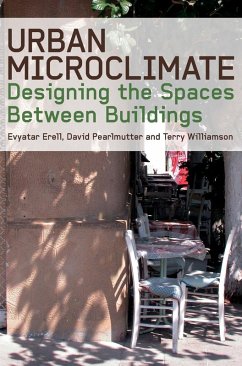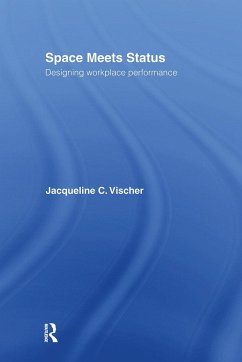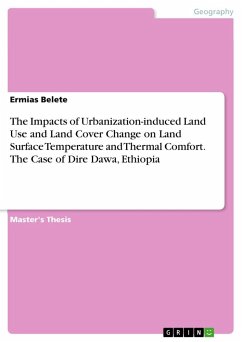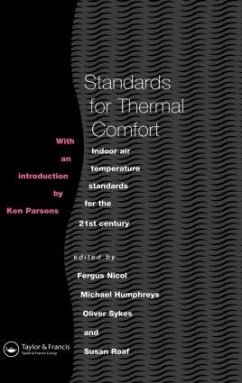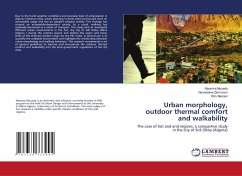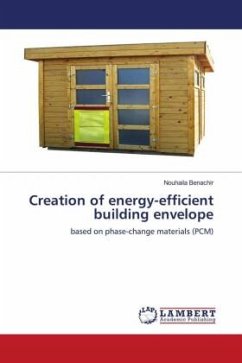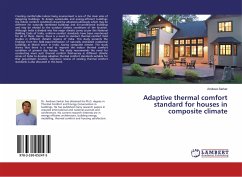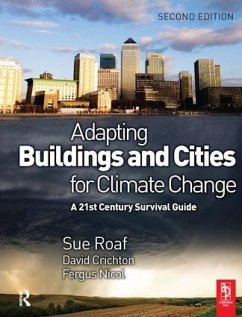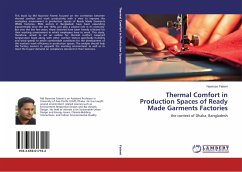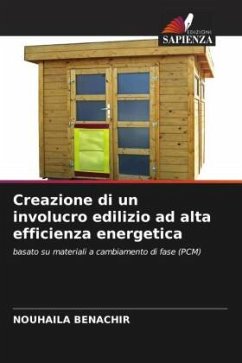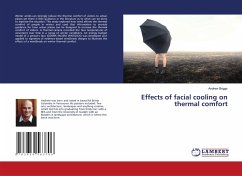
Effects of facial cooling on thermal comfort
Versandkostenfrei!
Versandfertig in 6-10 Tagen
36,99 €
inkl. MwSt.

PAYBACK Punkte
18 °P sammeln!
Winter winds can strongly reduce the thermal comfort of visitors to urban plazas yet there is little guidance in the literature as to what can be done to improve the situation. This study explored how wind affects the thermal comfort of people in winter and used that information to provide guidance for how urban plazas can be designed to increase the thermal comfort of visitors. A thermal camera recorded the face temperatures of volunteers over time in a range of winter conditions. An energy budget model of a person's face (COMFA FACIEM VENTOSUS) was developed and applied to vignettes of evide...
Winter winds can strongly reduce the thermal comfort of visitors to urban plazas yet there is little guidance in the literature as to what can be done to improve the situation. This study explored how wind affects the thermal comfort of people in winter and used that information to provide guidance for how urban plazas can be designed to increase the thermal comfort of visitors. A thermal camera recorded the face temperatures of volunteers over time in a range of winter conditions. An energy budget model of a person's face (COMFA FACIEM VENTOSUS) was developed and applied to vignettes of evidence-based windbreak designs to illustrate the effects of a windbreak on winter thermal comfort.



